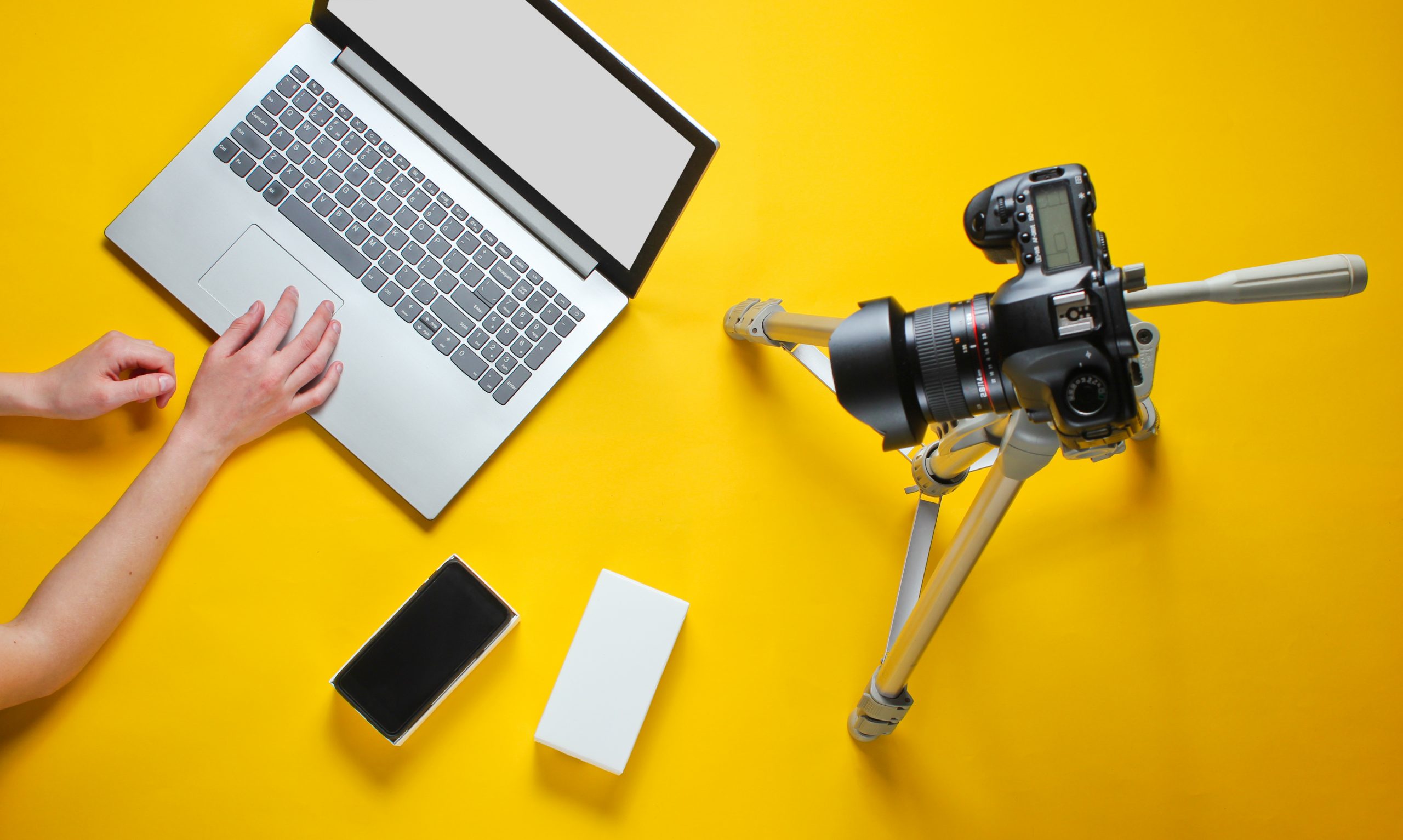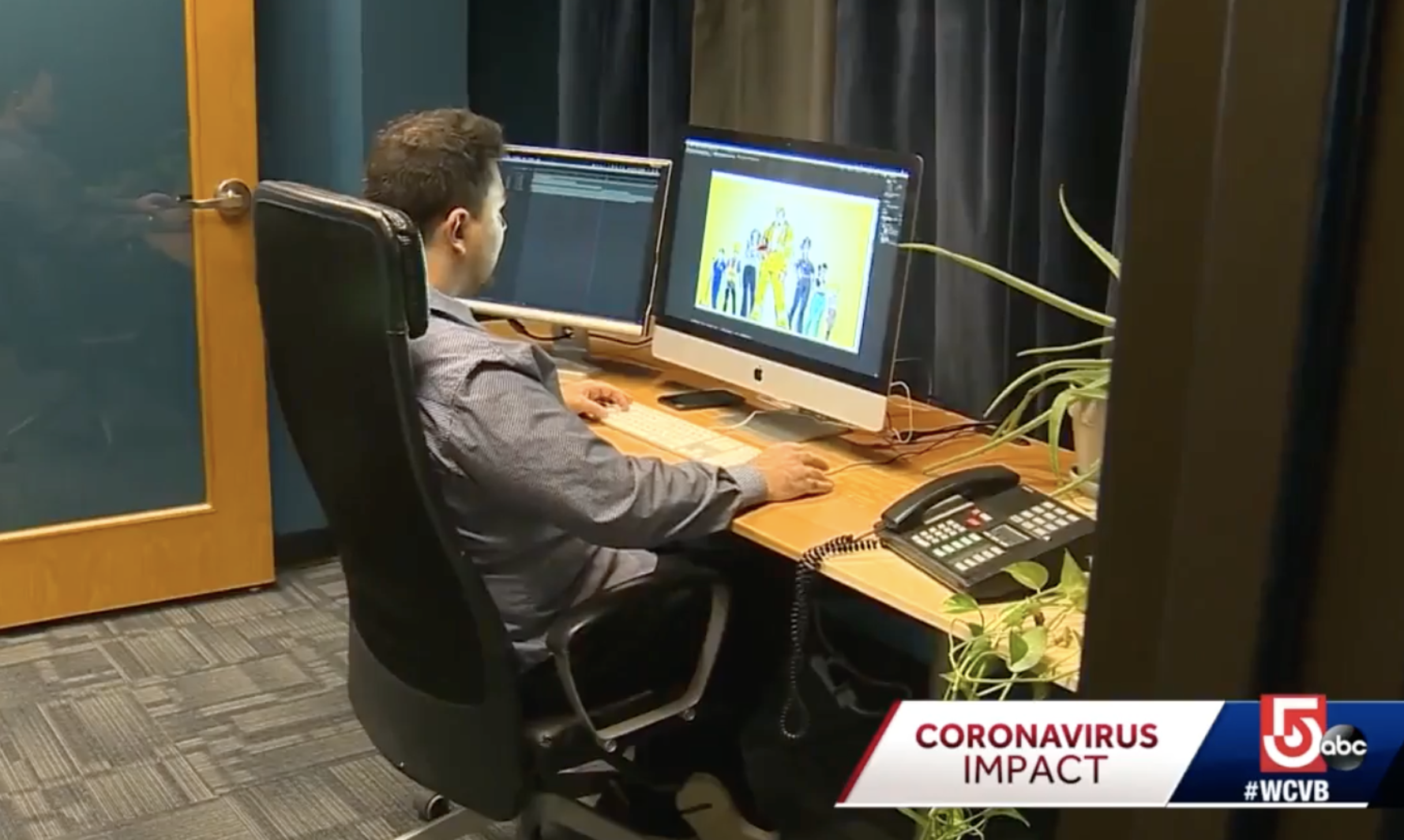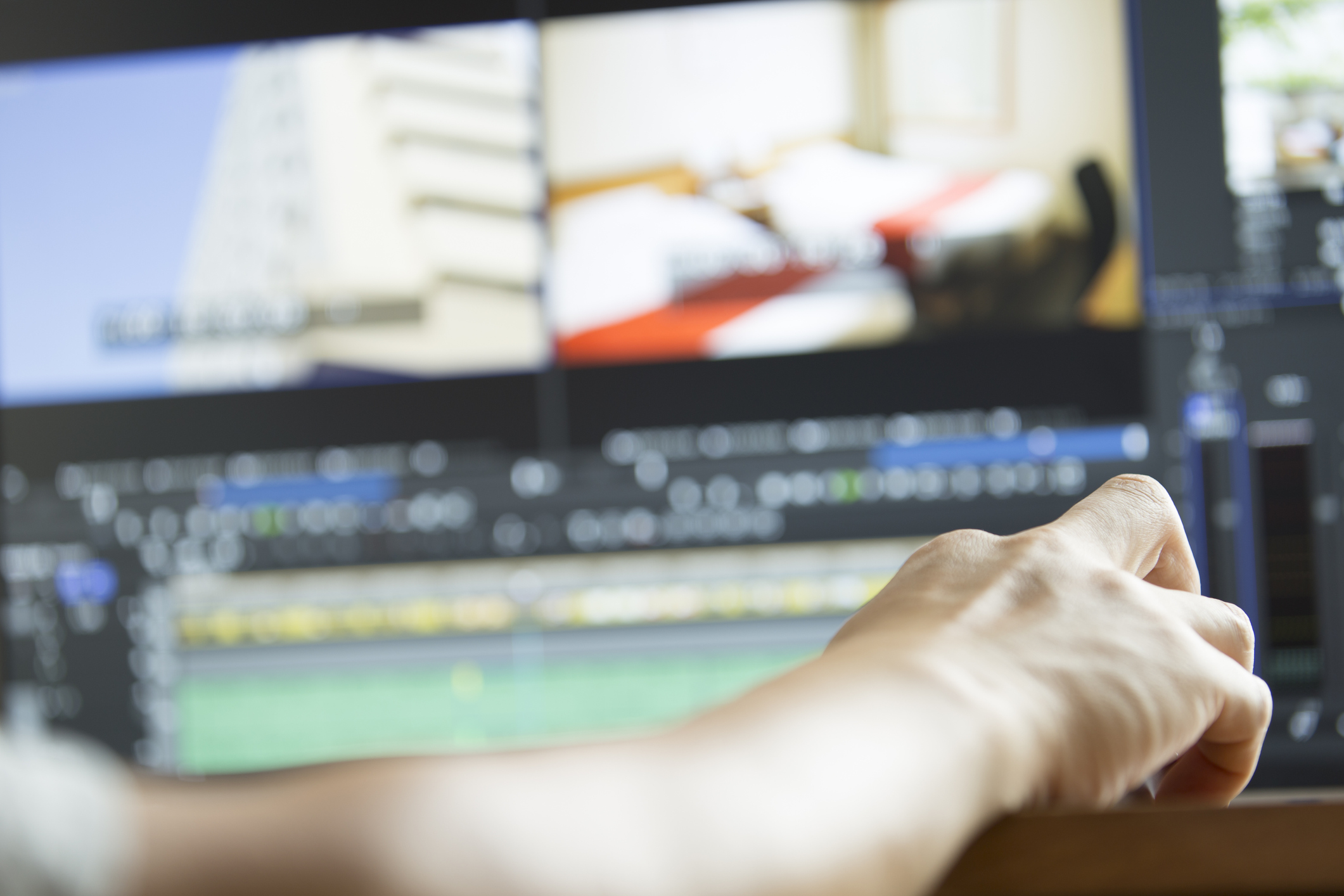06.17.20
Tools We Love: Part 1

We live in a world that’s crowded with content – so how do you make yours stand out? That’s the challenge we take on every day here at MK3, in producing live action video and animated content that “pops.” And while there’s a lot of “creative” that goes on behind the scenes, our motion graphic designers, animators and video editors use a few common tools from their toolbox that you can use to produce content with a professional look and feel. Here are a few tools that our video editors use, in one form or another, on almost every project.

1. Quicktime: This platform is great for remote and user generated video production – especially with our current distancing limitations. When recording interviews remotely (using Zoom or other virtual meeting platforms), screen recording is a simple solution to producing content. Easy to use and already installed on most computers, Quicktime does everything you need, without a lot of extra junk. Users can record certain portions of the screen or the entire screen, and high quality video files get saved to your desktop for easy access.
2. Adobe Suite: Adobe software is ideal for those who tend to use multiple editing platforms. The Adobe Suite of tools lets you transition between platforms seamlessly; from video editing with Premiere to photo editing with Photoshop. And while there are hundreds of tools available, you can produce a pretty impressive project with only a few of the simple ones. With Adobe, you can experiment and grow along with the entire suite.
3. DaVinci Resolve: If you’re looking for a one-stop color grading platform, DaVinci Resolve is your software. While this program has a bit of a learning curve, it offers a great selection of color grading tools as well as some new editing features. DaVinci Resolve is free to download and with so many options, you can evolve from basic editing to the nitty gritty techniques used by professionals.
While our editors love these tools because of their user-friendly interfaces and flexible capabilities, each of these platforms has a lot more to offer. MK3 uses tools like these every day to produce carefully crafted content that “pops,” helping our clients to stand out in our content-crowded world.
Want to give your content a more professional look? Reach out to info@test-mk3.local to learn more about what MK3 can do for you!

We live in a world that’s crowded with content – so how do you make yours stand out? That’s the challenge we take on every day here at MK3, in producing live action video and animated content that “pops.” And while there’s a lot of “creative” that goes on behind the scenes, our motion graphic designers, animators and video editors use a few common tools from their toolbox that you can use to produce content with a professional look and feel. Here are a few tools that our video editors use, in one form or another, on almost every project.

1. Quicktime: This platform is great for remote and user generated video production – especially with our current distancing limitations. When recording interviews remotely (using Zoom or other virtual meeting platforms), screen recording is a simple solution to producing content. Easy to use and already installed on most computers, Quicktime does everything you need, without a lot of extra junk. Users can record certain portions of the screen or the entire screen, and high quality video files get saved to your desktop for easy access.
2. Adobe Suite: Adobe software is ideal for those who tend to use multiple editing platforms. The Adobe Suite of tools lets you transition between platforms seamlessly; from video editing with Premiere to photo editing with Photoshop. And while there are hundreds of tools available, you can produce a pretty impressive project with only a few of the simple ones. With Adobe, you can experiment and grow along with the entire suite.
3. DaVinci Resolve: If you’re looking for a one-stop color grading platform, DaVinci Resolve is your software. While this program has a bit of a learning curve, it offers a great selection of color grading tools as well as some new editing features. DaVinci Resolve is free to download and with so many options, you can evolve from basic editing to the nitty gritty techniques used by professionals.
While our editors love these tools because of their user-friendly interfaces and flexible capabilities, each of these platforms has a lot more to offer. MK3 uses tools like these every day to produce carefully crafted content that “pops,” helping our clients to stand out in our content-crowded world.
Want to give your content a more professional look? Reach out to info@test-mk3.local to learn more about what MK3 can do for you!





 2. The Controlled Studio Environment:
2. The Controlled Studio Environment:





